Defining DRS in Formula 1, its abbreviation standing for Drag Reduction System marks a significant evolution in racing technology. This mechanism allows drivers to gain an edge during overtaking maneuvers under specific race conditions.
Understanding DRS
How Does DRS Work?
The DRS operates via a rear wing flap, facilitating reduced drag by adjusting its angle. This adjustment occurs within designated zones of the track, enabling drivers to enhance their speed and potentially overtake competitors.
The Drag Reduction System (DRS) is positioned on the rear wing of an F1 car, often likened to a letterbox or flap, as commonly mentioned during TV broadcasts.
Drivers can engage the DRS by activating a button, prompting the opening of their rear wing. This movement is facilitated by an actuator that controls a central flap within the wing.
Usage of the DRS is confined to specific activation zones delineated by the FIA before each race weekend. During practice and qualifying sessions, its utilization is solely permissible within these predetermined zones.
In the actual race, drivers are only allowed to deploy the DRS within these designated zones if they are within one second of the car ahead. This one-second gap is gauged at distinct detection zones along the circuit, typically positioned a few meters before the activation area. The FIA outlines these detection zones before the race weekend commences.
When the DRS is activated, it reduces the aerodynamic drag on the car, providing the driver with a notable advantage in straight-line speed. This advantage is pivotal for overtaking maneuvers or securing crucial lap times.
To deactivate the DRS, the driver can either lift off the throttle, apply the brakes, or press the DRS button once more.
Furthermore, certain restrictions apply to DRS usage. It cannot be engaged during the initial two laps of a grand prix or following a Safety Car or red flag situation; a minimum of two laps must transpire before activation. In adverse weather conditions or if a yellow flag is displayed in proximity to the DRS zone, the stewards retain the authority to deactivate the system entirely.
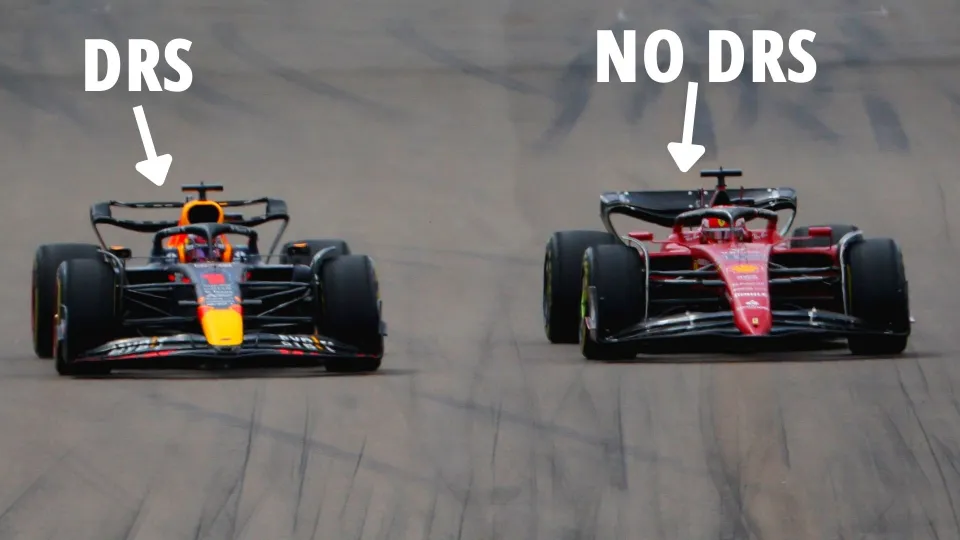

DRS Activation Zones
These zones are strategically positioned along the track’s straight sections to maximize the potential for overtaking while ensuring safety. Activation can only occur when a pursuing car is within a predefined range of the car ahead.
Every track varies in layout and can feature anywhere from 1 to 3 designated DRS zones. The use of DRS is restricted solely to these specified zones and is prohibited elsewhere on the track.
Activation of the DRS system occurs only after the completion of the second lap in a race, and its use might be restricted in inclement weather conditions. Additionally, DRS functionality remains unavailable immediately following a safety car period.
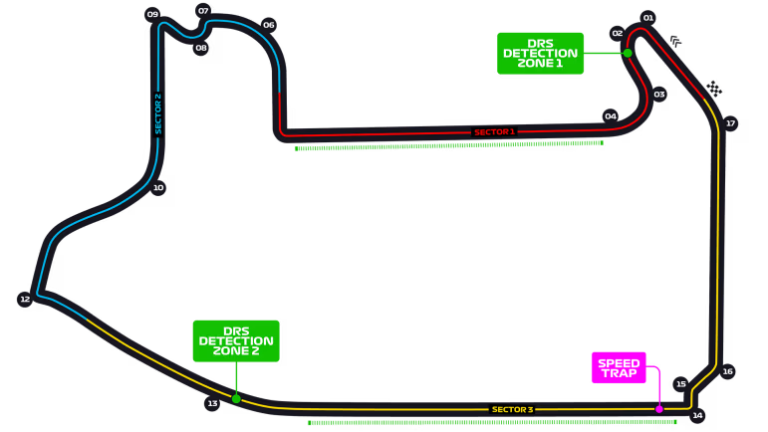
Limitations of DRS
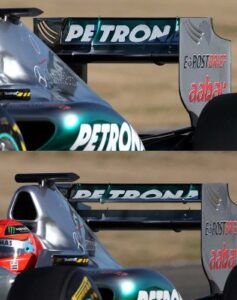
Despite its advantages, DRS comes with limitations. Its usage is regulated during the race to maintain fairness and safety, restricting its deployment under certain conditions or scenarios.
Benefits of DRS
Improved Overtaking
One of the primary advantages of DRS is its ability to foster overtaking, injecting excitement and unpredictability into Formula 1 races.
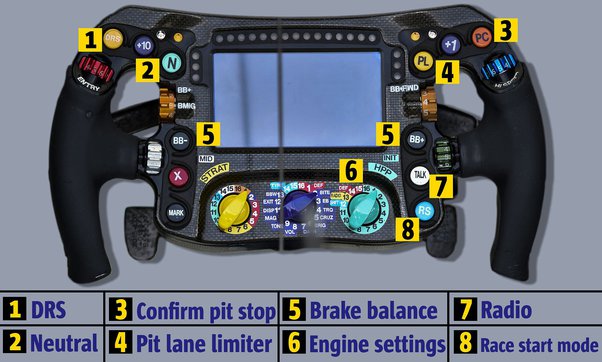
Impact on Race Strategy
Teams strategically plan DRS utilization to optimize their race strategies, leveraging this system to gain competitive advantages.
DRS Rules and Regulations
DRS Usage Guidelines
Formula 1 imposes strict guidelines on DRS usage, ensuring that drivers adhere to specific rules governing its activation and deactivation during races.
DRS Activation
Activation occurs as the pursuing car approaches the activation zone, prompting the driver to engage DRS through a designated control system within the car.
DRS Deactivation
The system automatically deactivates when the driver initiates braking or exits the activation zone, preventing its continued use beyond the defined area.
DRS in F1 History
Evolution of DRS in Formula 1
DRS was introduced in Formula One in 2011. The inception and evolution of DRS transformed Formula 1 racing, introducing a strategic element that significantly impacted race dynamics.
The inception of DRS stemmed from the intense showdown in the 2010 title finale involving Fernando Alonso and Vitaly Petrov. During the Abu Dhabi Grand Prix, Alonso found himself trailing the Renault driver for a significant portion of the race, a situation that ultimately led to Sebastian Vettel securing the drivers’ title instead.
Modern F1 cars generate substantial turbulent air, posing challenges for drivers attempting to trail closely behind other cars on the track. This difficulty in close-following prompted the introduction of DRS as a solution. Without this system, overtaking opportunities would be scarce due to the complexities involved in tailing other cars on the circuit.
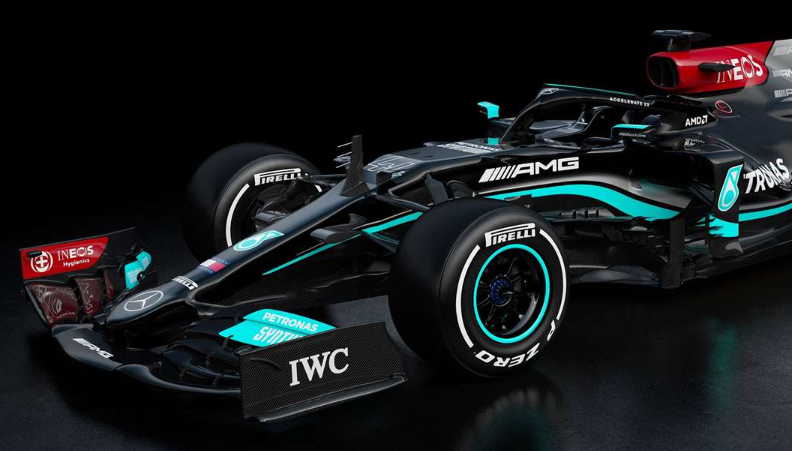
Memorable DRS Moments
Iconic races have been shaped by DRS utilization, creating thrilling moments that have left a lasting impact on the sport’s history.
FAQs
What are the Safety Aspects of DRS?
DRS undergoes strict safety evaluations to ensure its implementation doesn’t compromise driver safety, with regulations dictating its usage under specific conditions.
Can Any Driver Use DRS at Any Time?
No, DRS usage is contingent upon specific criteria, including the driver’s proximity to the car ahead and the location within the designated activation zone.
How Many Times Can DRS Be Used in a Race?
DRS can be utilized several times during a race, but its deployment is regulated and limited to predefined zones and laps.
Is DRS Used in Wet Conditions?
DRS activation is often restricted in wet weather conditions due to safety concerns arising from reduced grip and altered racing dynamics.
Can DRS Fail During a Race?
While rare, technical glitches or malfunctions can lead to DRS failure, impacting a driver’s planned strategy and race performance.
Has DRS Always Been Present in F1?
No, DRS was introduced in 2011, marking a pivotal technological advancement that reshaped Formula 1 racing.

